Retinitis pigmentosa comprises a group of inherited disorders, such as Leber’s, in which the rods and cones that make up the photoreceptor cells in the retina are dysfunctional, due to genetic mutations.
About half of retinitis pigmentosa (RP) cases appear to be isolated with no previous family history. Retinitis pigmentosa is a progressive degenerative disorder of the photoreceptors and/or retinal pigmented epithelium (RPE) that can cause a profound loss of vision. The vast majority of patients are over 45 years old, although the symptoms of RP often appear in childhood, causing difficulty in seeing at night, and requiring longer time in adjusting from dark to light.
Retinitis pigmentosa primarily affects the side (peripheral) vision due to deterioration of the rod photoreceptors, but in later life it can affect the cones, rarely resulting in total blindness, but possibly leading to the state of “legal blindness” by age 40. Most people retain central vision with restricted side vision into their 50s. This is referred to as tunnel vision.
Recommended Supplements:
-
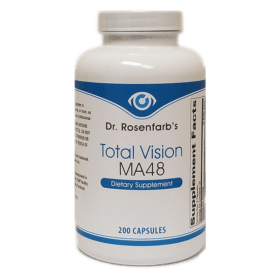
Total Vision MA48
$55.00 Add to cart -
Sale!
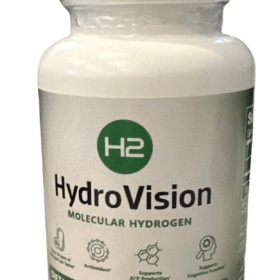
Hydro Vision – H2 Vision – Molecular Hydrogen Tablets
Original price was: $60.00.$49.00Current price is: $49.00. Add to cart -

CannaVision Oil 2500mg
$99.00 Add to cart -
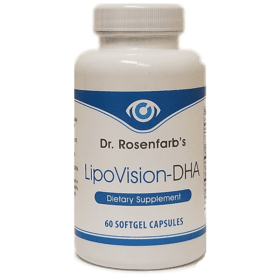
LipoVision-DHA
$30.00 Add to cart -
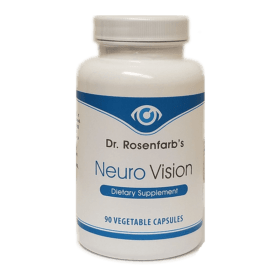
Neuro Vision
$70.00 Add to cart -
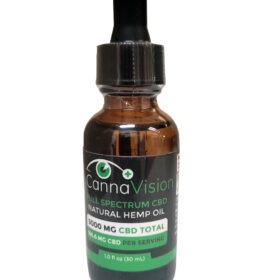
CannaVision Oil 5000MG
$149.00 Add to cart -

Oculo-trophin
$20.00 Add to cart -

MSM Drops
$22.00 Add to cart


